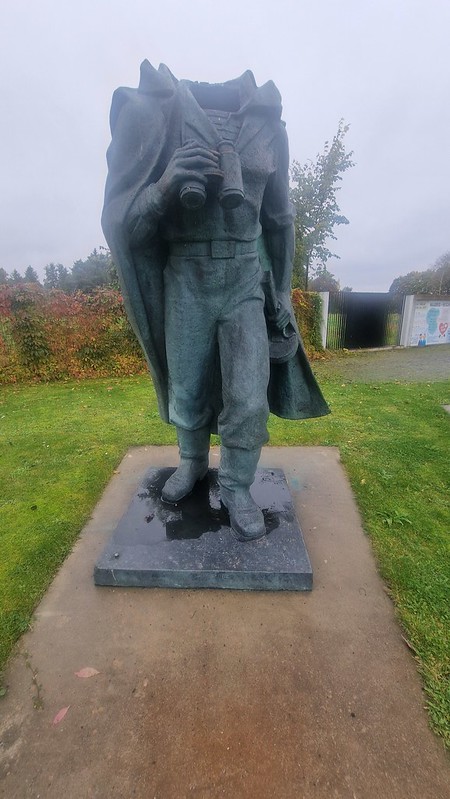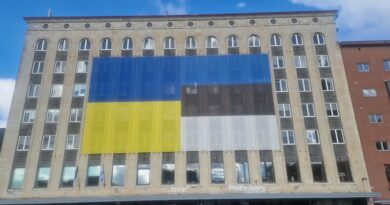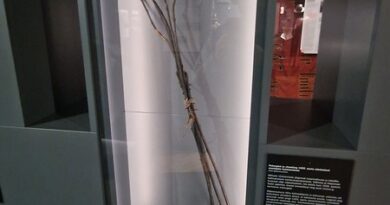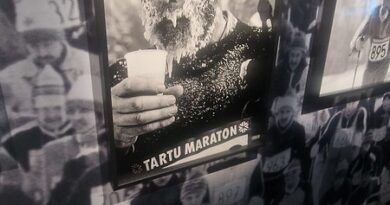Tallinn Trip – Soviet Statue Graveyard (Yevgeny Alexandrovich Nikonov Statue)
One of the reasons that the statues being torn down after Estonian independence being placed at this museum was to protect them from being sold to scrap metal dealers during the almost wild west period of the early 1990s, which was unfortunately the case with the head of Yevgeny Alexandrovich Nikonov (1920-1941). He was a Russian sailor who was born into a Russian peasant family in Vasilyevka village, now in Samara Oblast, Russia. He joined the Soviet Baltic Fleet during World War II, serving as a torpedo electrician on the destroyer Minsk.
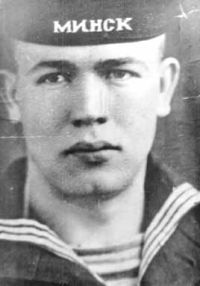
During the Battle of Tallinn in August 1941, where the Baltic Fleet was desperately trying to hold its main base, he found himself on a reconnaissance mission near the town of Keila. He was severely wounded and captured by the Germans, and it was claimed by the Soviets that Nikonov bravely refused to divulge any information that could harm his comrades or the defence of Tallinn. The official Soviet account of his death claims that his captors, enraged by his defiance, brutally doused him with gasoline and burned him alive. In reality, there’s no real evidence of this actually happening and there’s some suggestion that he never actually even died. The Germans were hardly known for their careful treatment of prisoners, but it’s difficult to establish what happened here.
He was posthumously awarded the title Hero of the Soviet Union, the highest military honour in the USSR, for his bravery during the defence of Estonia in 1941. The statue, designed by Erika Haggi was erected at Kadroig on 9 May 1960 with a memorial text which read:
“A brave soldier, loyal to his Soviet homeland and the duties of a military man. Refused to give out military secrets to the enemy while defending Tallinn. Burned alive by fascists”.
The statue was pulled down following Estonian independence and metal thieves stole his head with feels a bit sub-optimal. The museum obtained the headless status in 2007 and it has been on display here although it’s fair to say that’s he has hardly been able to keep his eyes on things going on. His remains haven’t been left to rest in peace as he was buried in Harku in northern Estonia, but then the Soviets dug him up and buried his remains at Maarjamäe. In 1992, it was decided to remove him to Vasilyevka in Russia, but they couldn’t find his remains and so they just took some soil from near to where he was buried. There’s a rumour that Estonian nationalists stole his remains, but that feels a little fanciful to me and perhaps a Soviet myth. All told, he was likely a very brave young soldier doing what he thought was right and it’s a shame the statue isn’t complete as it looks quite a well designed one.

